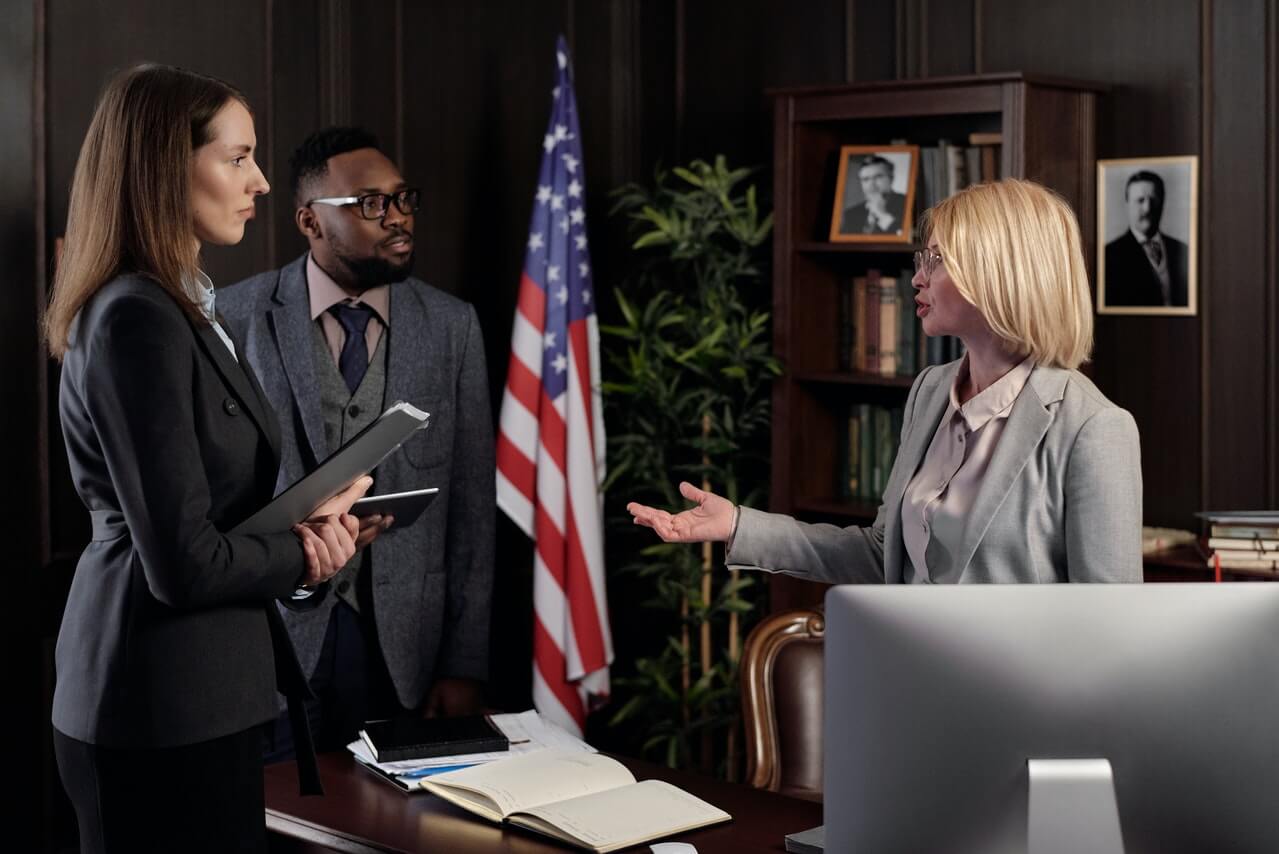My leadership development journey began in 1961, when I popped into the world as the first CEO of the Donna and Jim Fabris Family. (I’ll use the organization’s acronym, DAJFF.)
Jim and Donna founded DAJFF less than a year earlier. They were 23 years old. Jim says he’d been planning DAJFF since he was about 12. Donna had needed some convincing. At any rate, they named themselves President and Vice President of the Board, and have held those positions ever since.
Family as organization/Oldest daughter as CEO
I took the job of CEO because I liked DAJFF’s vision statement (which was something like: “Loving each other always, though we don’t talk about it much”). I could see that the Board knew how to work hard. I’ll also admit that, early in my career, I needed the security they offered. Little did I know.
Managing the chaos
I learned management skills on the fly (alongside walking and talking). I labored in vain to teach Donna and Jim the basics of organizational development and collaboration: I urged them to slow down. Do some strategic planning. Balance reflection and action. They wouldn’t listen.
The Board refused to think about anything but Growth.
By 1970 we’d mushroomed to a staff of 6. Yes, we were making an impact. But (from my perspective) the budget was out of control. Why hadn’t I chosen to work in a for-profit family!!
Donna and Jim had all but insisted on hiring: John, Director of Communications (1963), Jim, Director of Outrageous Ideas (1964), Jerry, Integration Manager (1967), and, in our final and most ambitious hire, twin Operations and Technology Managers, Andy and Fred (1970).
We’d had a great first decade, true. But in subsequent years, vision usually out-paced capacity. As CEO, I struggled to hold all the pieces together.
Sixteen years into the job, I was burned-out. Between the Board’s inadequacies, staff issues, and the size of my own job description, I knew it was time to move on to bigger and better things.
Debriefing the metaphor
I landed on this “big family as organization/oldest daughter as CEO” metaphor in the first nonprofit management course I ever took, in the mid-1990s. Back then, my role in the metaphor was (brilliant) executive mediating between an ineffectual board and a staff of 5 cantankerous employees.
I’ll be honest with you. In management class, I was looking at my childhood through the lens of what my parents didn’t do.
It’s Leadership Development, Stupid!
Today, I’m thinking about who I am, who my brothers have become over the last 40+ years, and what my parents did every single day when we were growing up. They Asked For Our Best.


The Fabris family is a smart, clever bunch — that’s my impression from those old days in Elmhurst. Good thing a girl was appointed CEO early on in life.
Ed
Thanks, Ed! Yes. Our organization was ahead of its time re gender diversity. 🙂
What a brilliant analogy — the family as the organization/business!
Your analogy must be used in other leadership development scenarios! Far more people are in families than in organizations that have leadership development programs. Therefore, your analogy could be powerful means to make the concept of leadership development much easier to relate to, and for far more people.
Carter, I agree. We may be onto something powerful and fun here!
Here is given the best example of teamwork from Sun Tzu’s Tao of Leadership; The best leaders cannot be identified for it is the group that learns to lead itself. Families- like organizations- will become successful when the group works as a whole in partner with each other. It is in retrospect after measuring and looking back on your successes that one is capable of identifying and naming each members’ roles.
Perfect, Ian. Thanks for sharing from the Tao of Leadership!
Ali
Hoefully these links/articles will help.
http://www.leadership-studies.com/documents/mgmt_standards.pdf
http://www.referenceforbusiness.com/management/Int-Loc/Leadership-Theories-and-Studies.html
https://shop.elsevier.com/authored_subject_sections/S02/misc/leaqua_art1.pdf
http://www.leadershipdevelopment.edu.au/Content_Common/pg-effective-theory.seo#fielder%27s%20contingency%20theory